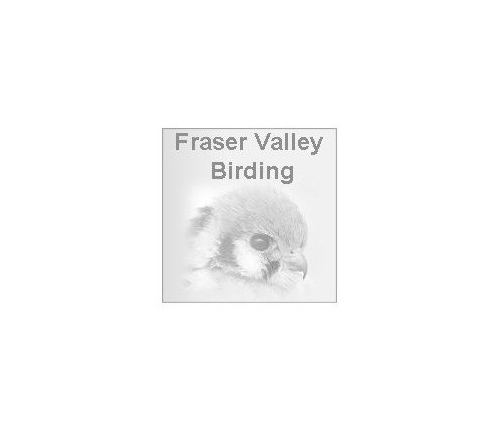|
||||||||||||||
|
|
||||||||||||||
|
Status in the Checklist Area - (6) Accidental
|
|||||||||||||||||||||||||||||||||||||||||||||||||
|
|
|||||||||||||||||||||||||||||||||||||||||||||||||
|
Information |
||||||||||||||||||||||||||||||||||||||||||||||||
|
Phalaropes are unique shorebirds in part that they have lobed toes. These toes, and buoyant feathering on their breasts, help them as they enjoy swimming about much like a small duck. They will also often spin rapidly in the water which causes an upwelling that brings small food particles, such as small aquatic insects, to the surface within easy reach. In phalaropes, females are larger and, in breeding colours, much more brightly coloured than males. Nesting also goes against the norm. Females lay their eggs, but the leave the incubating and raising of the young to the male. Breeding takes place along the edges of tundra ponds to the north. Migration is when we are likely to see this species as they travel between their breeding grounds and their wintering grounds which is offshore in the open ocean off the coast of South America. Due to their pelagic habits, they have salt glands to enable them to drink salt water; another unique phalarope trait in shorebirds. Most records we have are from August and they have been seen in habitats anywhere from small ponds in a flooded field to Harrison Lake far from shore. Similar species: Sources: |
|||||||||||||||||||||||||||||||||||||||||||||||||
Noteworthy Data |
|||||||||||||||||||||||||||||||||||||||||||||||||
|
|||||||||||||||||||||||||||||||||||||||||||||||||
Photographs |
|||||||||||||||||||||||||||||||||||||||||||||||||
 |
 |
 |
 |
 |
|||||||||||||||||||||||||||||||||||||||||||||
 |
 |
 |
 |
||||||||||||||||||||||||||||||||||||||||||||||
 |
 |
 |
 |
||||||||||||||||||||||||||||||||||||||||||||||
| Audio and Video | |||||||||||||||||||||||||||||||||||||||||||||||||
| None available | |||||||||||||||||||||||||||||||||||||||||||||||||
Back to Species List |
|||||||||||||||||||||||||||||||||||||||||||||||||
|
|||||||||||||||||||||||||||||||||||||||||||||||||

